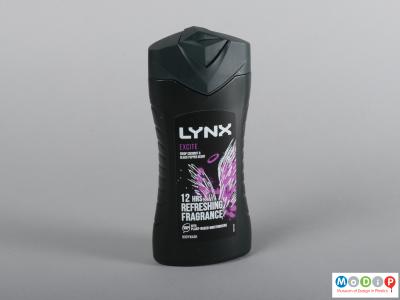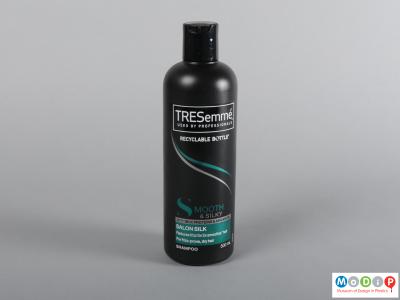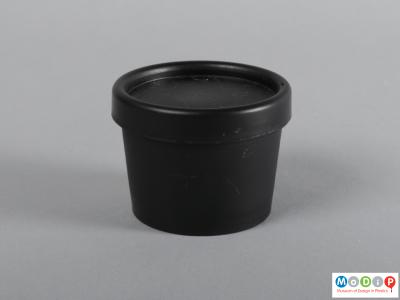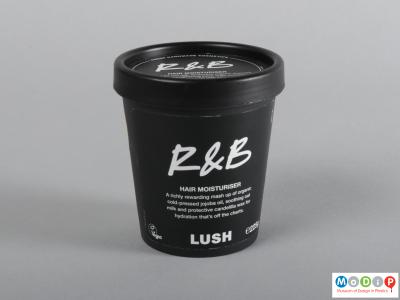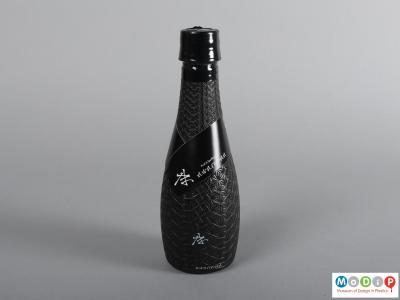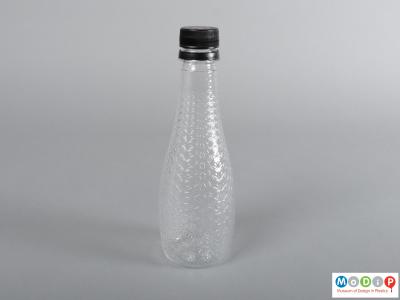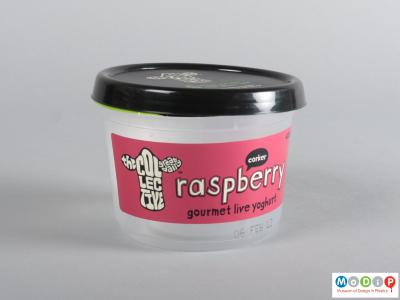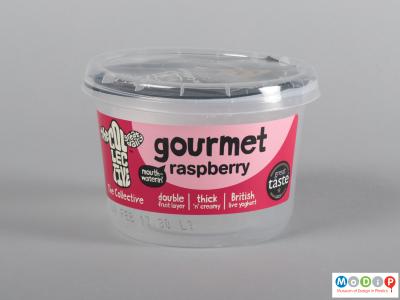When products made of plastics enter the recycling system they need to be separated into individual materials so that they can become useful recyclate. In automated systems, this is done using a Near Infrared (NIR) Identification system. A beam of light is shone at the material and interacts with the chemical compounds of the waste; the light will either be absorbed or reflected across a spectrum of wavelengths providing a signature for the material. Black plastic products are not able to be sorted using the NIR device because the carbon black pigments absorb all of the light, making it impossible to see the signature of the material. As such black plastic packaging is often rejected for recycling.
The colour black is used for a number of reasons in both food and product packaging. It is used in the food (1) industry because the colour hides imperfections in the packaging and makes the colours of the food stand out and look appealing. In toiletries (2-3) black is used because it is a neutral colour that can signify elegance and sophistication. For Lush, black pots with white text (4-5) are a significant part of their branding, as they are reminiscent of the chalk boards and white paint that the company used in its early days. To prevent their pots being rejected by the recycling system, Lush ask customers to return the pots to store so that they can recycle the material in house. An incentive for this change in consumer behaviour, and as part of the Bring it Back campaign, customers can return any Lush packaging in exchange for money off their bill. Dai Nippon Printing use an external, removable film (6-7) to provide colour to their clear bottles, again, this needs an action by the consumer or by the recycling company to ensure that the bottle is not discarded.
The Collective worked with recycling experts Nextek Ltd and additive and masterbatch specialist, Colour Tone, to develop a new black material (8) which would reflect its light signature allowing it to be identified and recycled. Unfortunately, despite the investment, the company found that consumers had become used to discarding the lids into general waste and recycling centre staff, unaware of the change, continued to remove the black plastic. To this end the company has moved to clear lids (9) seeing recyclability of their packaging as more important than their branding traditions.


